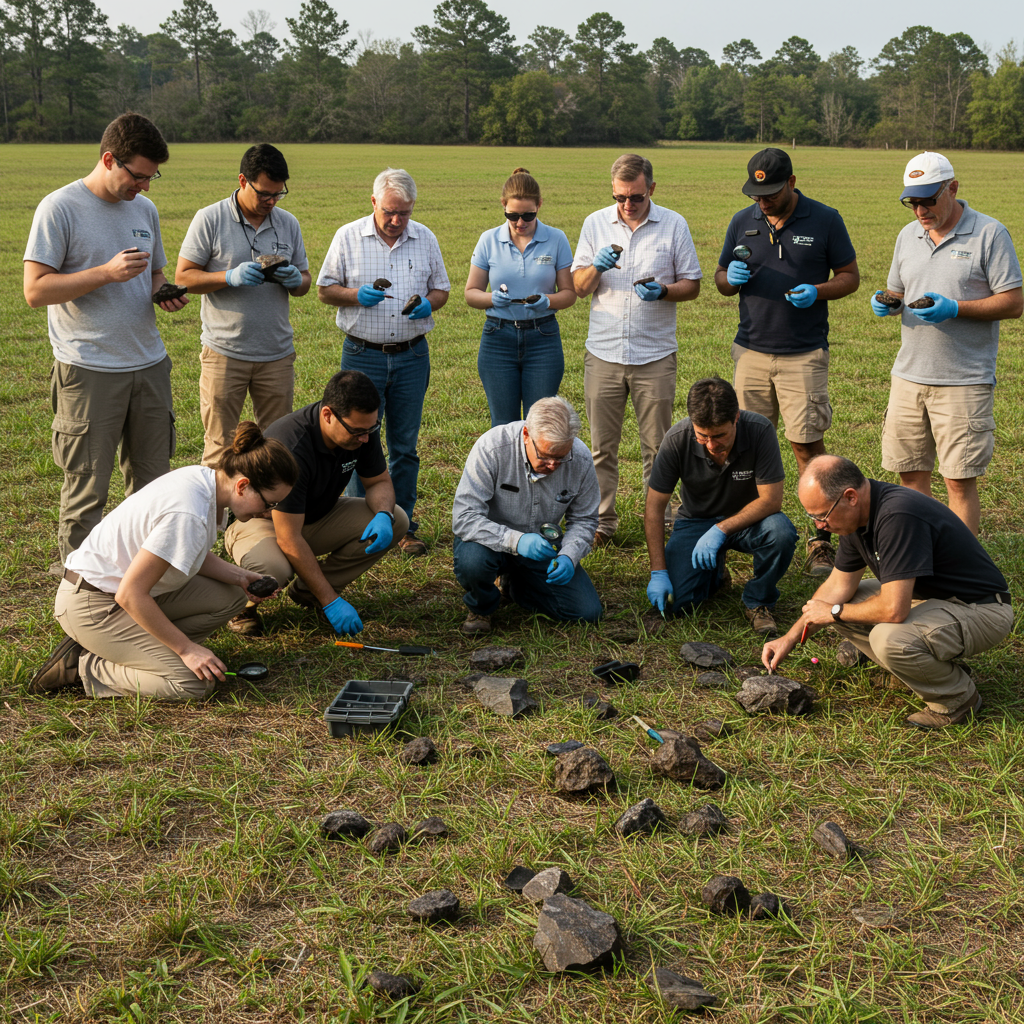Revolutionising Electronics: A Paper Solution to E-Waste
Electronic waste (e-waste) is a rapidly growing global challenge. Each year, millions of tonnes of discarded devices end up in landfills, largely because their complex material composition makes them incredibly difficult to separate and recycle efficiently. Traditional plastic casings, in particular, often trap valuable components, hindering recovery efforts.
But what if electronics could simply dissolve, making way for easy recycling? At just 24 years old, Austrian industrial designer Franziska Kerber is tackling this problem head-on with a groundbreaking invention: PAPE.
Introducing PAPE: A Sustainable Alternative
PAPE is a unique, paper-based material designed as a sustainable alternative to the plastic and fibreglass typically used for the casings of small electronic devices. Developed from unused paper fibres, PAPE is durable, biodegradable, and crucially, engineered with recyclability built-in from the start.
Unlike conventional materials that require shredding or harsh chemicals for separation, PAPE is designed to dissolve through a targeted process. This ingenious property allows manufacturers to easily retrieve the valuable electronic components inside the device without damage, paving the way for true material recovery and reuse.
The Vision: Circular Design for a Sustainable Future
Franziska Kerber’s work is deeply rooted in a commitment to circular systems and material reuse. Influenced by her inventor father and her studies in industrial design, she recognised that tackling e-waste requires more than just improving individual components.
“Even if researchers create dissolvable, recyclable circuit boards,” Kerber explains, “it doesn’t really change anything if the rest of the product just ends up as waste again. The whole design has to evolve – otherwise, we’re just shifting the problem instead of solving it.”
PAPE embodies this holistic philosophy. By focusing on the casing – a significant part of a device’s mass and a major barrier to recycling – Kerber is enabling a fundamental shift towards fully circular product design.
From Concept to Reality
Developing PAPE involved extensive experimentation with compressed paper fibres. Kerber refined the material through rigorous testing to ensure it met the practical demands of electronics, evaluating crucial properties like heat resistance, airflow, and overall durability.
The material is specifically tailored for ubiquitous small consumer electronics such as WiFi routers and smoke detectors – devices often overlooked in traditional recycling streams.
Kerber envisions a future where PAPE becomes the standard, not the exception. “I hope that this invention reaches a point when people talk about which WiFi router they should buy next, they will think about PAPE because it’s just the better sustainable option,” she states, highlighting her dual focus on both functionality and appealing design.
Recognising its potential, Kerber is now collaborating with startups and companies developing recyclable PCBs to bring PAPE to market and accelerate the shift towards truly circular consumer electronics.
Award-Winning Innovation Driving Global Goals
Kerber’s pioneering work hasn’t gone unnoticed. She has been named one of the top ten winners – or “Tomorrow Shapers” – of the prestigious 2025 Young Inventors Prize by the European Patent Office.
Furthermore, her innovative approach directly contributes to important global initiatives, aligning with the United Nations Sustainable Development Goals SDG 9 (Industry, Innovation, and Infrastructure) and SDG 11 (Sustainable Cities and Communities). PAPE is a powerful example of how thoughtful design and material innovation can significantly reduce waste and help build a more sustainable future.




